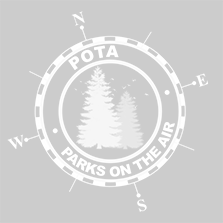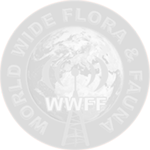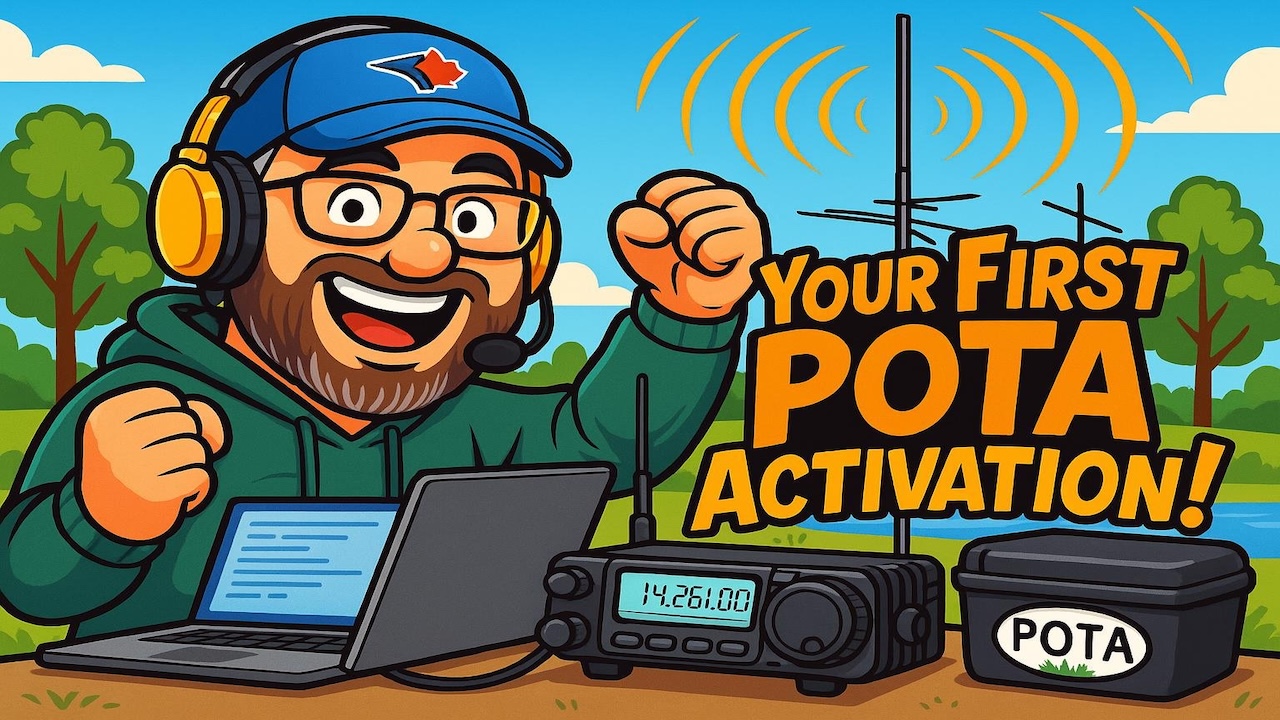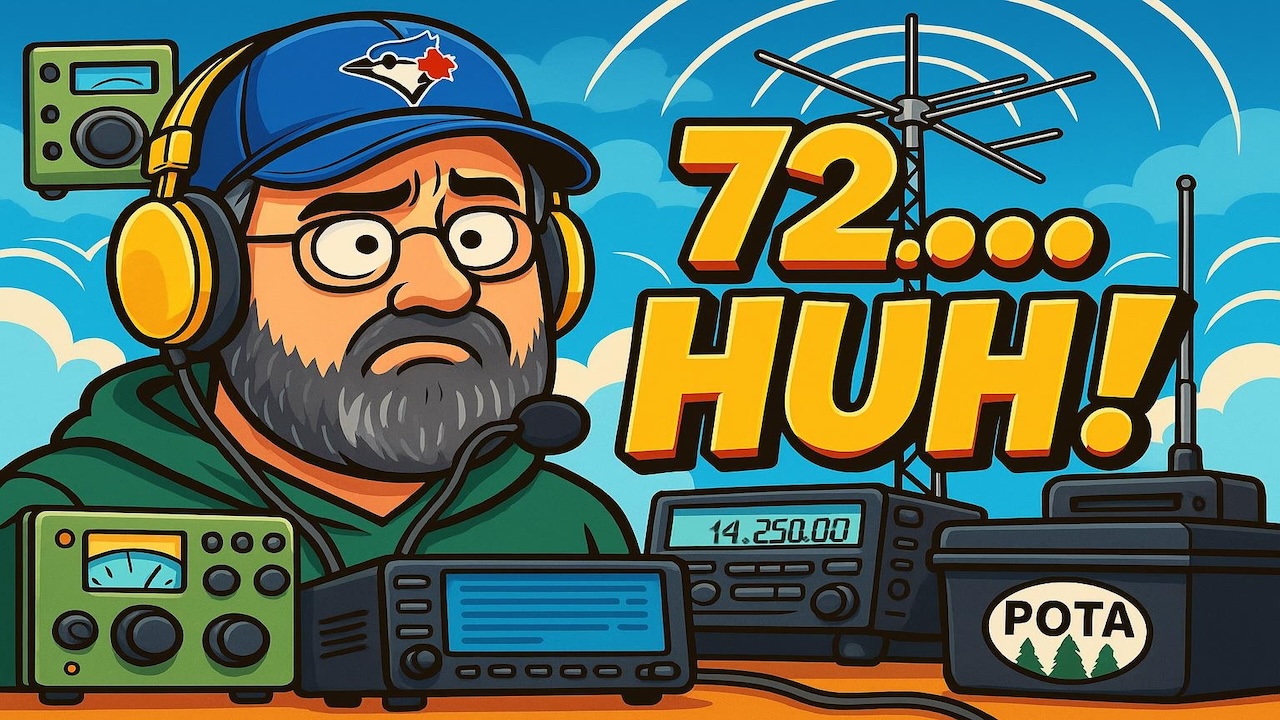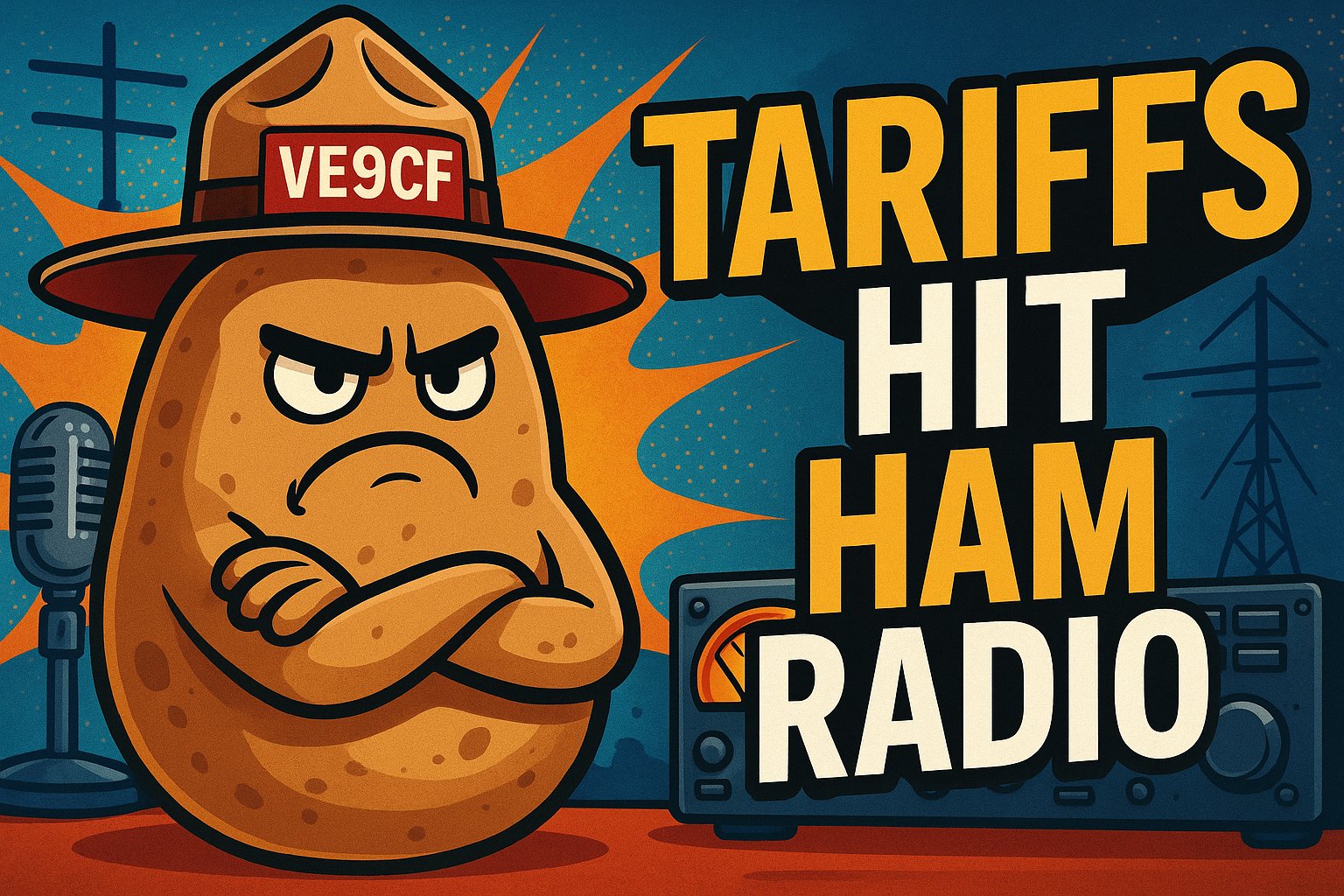Why SSB Is Not Allowed on the 30‑Meter Amateur Radio Band (and Where It Is)
The 30‑meter amateur radio band (10.100–10.150 MHz) is one of the most unique HF allocations. While it offers excellent DX potential and low‑noise operation, most countries prohibit single sideband (SSB) voice transmissions on this band. This article explains why, outlines the rules, and lists countries where SSB is permitted.
Understanding the 30m Band
- Frequency range: 10.100–10.150 MHz
- ITU allocation: Shared between amateur radio and other services (fixed, maritime, etc.)
- Amateur status: Secondary allocation — amateurs must not cause interference to primary users
- Typical use: CW (Morse code) and narrow‑band digital modes
Why SSB Is Restricted
1. Bandwidth Limitations
A standard SSB signal occupies about 2.4–3 kHz of bandwidth.
The 30m band is only 50 kHz wide, so even a few SSB signals could crowd out other users.
2. Shared Allocation
Primary users (often government or maritime services) operate here.
Voice transmissions have a higher risk of causing interference compared to narrow‑band modes.
3. International Recommendations
The International Telecommunication Union (ITU) recommends that 30m be reserved for narrow‑band modes worldwide. Most countries follow this guidance.
Allowed Modes and Bandwidth Limits (U.S. Example)
| Frequency Range | Allowed Modes | Max Bandwidth | Notes |
|---|---|---|---|
| 10.100–10.150 MHz | CW (A1A) | ~150 Hz typical | Morse code only |
| 10.100–10.150 MHz | RTTY/Data (J2B, J2D) | 2.8 kHz | Digital modes like FT8, PSK31, RTTY, JS8Call |
| Not permitted | SSB Voice (J3E) | ~2.4–3 kHz | Prohibited by FCC Part 97.305(c) |
| Not permitted | AM, FM, other wide‑band voice | >2.8 kHz | Reserved for narrow‑band only |
Countries Where SSB on 30m Is Allowed
While most countries ban SSB on 30m, a few permit it:
| Country | SSB Allowed? | Notes |
|---|---|---|
| Australia | Yes | ACMA allows SSB in 10125–10135 kHz per WIA band plan |
| New Zealand | Yes (limited) | Historically allowed; check latest NZART plan |
| Some Pacific Islands | Yes (varies) | Often follow Australian/NZ rules |
| USA, Canada, UK, EU | No | Narrow‑band only (CW, RTTY, Data) |
Key Points for Operators
- No voice modes on 30m in most countries
- Max bandwidth: 2.8 kHz for data modes
- Check local regulations before operating SSB on 30m
- Be mindful of primary users in all regions
Conclusion
The 30‑meter amateur radio band is a valuable slice of the HF spectrum, prized for its DX potential and low noise. However, because it is a narrow, shared, and secondary allocation, most countries restrict it to CW and digital modes only, prohibiting SSB voice to minimize interference and preserve operating space.
While a few nations, such as Australia and New Zealand, permit limited SSB operation, the global standard follows ITU recommendations for narrow‑band use. For amateur operators, knowing and respecting these rules is essential — not only to stay compliant with the law, but also to ensure this unique band remains a reliable and interference‑free resource for hams worldwide.

